- Have any questions?
- +86-189 8930 5995
- sales@mosinterchem.com.cn
GADOLINIUM CAS 7440-54-2
- Home
- Rare Earth And Rare Metals
- GADOLINIUM CAS 7440-54-2

Ytterbium CAS 7440-64-4
24/12/2018
SCANDIUM CAS 7440-20-2
24/12/2018| Model: | MOS7440-54-2 |
| Place of Origin: | Sichuan,China (Mainland) |
| Brand Name: | MOSINTER |
| Alias: | GADOLINIUM METAL |
| CAS: | 7440-54-2 |
| Appearance: | Silver metal |
| Molecular Formula: | Gd |
| Heat of fusion: | 10.05 kJ/mol |
| Molecular weight: | 157.25 |
| Boiling point: | 3273 °C |
| Melting point: | 1313 °C |
| Density: | 7.886 g/mL at 25 °C(lit.) |
GADOLINIUM (CAS; 7440-54-2)
| Main content: Sc/TREM | >99.95% | ||
| RE Elements | % (MIN) | Non-Re Elements | %(MIN) |
| La | 0.0005 | Fe | 0.135 |
| Ce | 0.0010 | W | 0.122 |
| Pr | 0.0010 | Ca | 0.095 |
| Nd | 0.0010 | Ni | 0.0016 |
| Sm | 0.0010 | O | 0.17 |
| Eu | 0.0010 | Co | 0.0010 |
| Er | 0.0010 | ||
| Tb | 0.0010 | ||
| Dy | 0.0055 | ||
| Ho | 0.0005 | ||
| Tm | 0.0010 | ||
| Yb | 0.0010 |
TREM |
>99% |
| Lu | 0.0010 | ||
Gadolinium is a chemical element with symbol Gd and atomic number 64. It is a silvery-white, malleable and ductile rare-earth metal. It is found in nature only in combined (salt) form. Gadolinium was first detected spectroscopically in 1880 by de Marignac who separated its oxide and is credited with its discovery. It is named for gadolinite, one of the minerals in which it was found, in turn named for chemist Johan Gadolin. The metal was isolated by Paul Emile Lecoq de Boisbaudran in 1886.
Gadolinium metal possesses unusual metallurgic properties, to the extent that as little as 1% gadolinium can significantly improve the workability and resistance to high temperature oxidation of iron, chromium, and related alloys. Gadolinium as a metal or salt has exceptionally high absorption of neutrons and therefore is used for shielding in neutron radiography and in nuclear reactors. Like most rare earths, gadolinium forms trivalentions which have fluorescent properties. Gadolinium(III) salts have therefore been used as green phosphors in various applications.
The gadolinium(III) ion occurring in water-soluble salts is quite toxic to mammals. However, chelated gadolinium(III) compounds are far less toxic because they carry gadolinium(III) through the kidneys and out of the body before the free ion can be released into tissue. Because of itsparamagnetic properties, solutions of chelated organic gadolinium complexes are used as intravenously administered gadolinium-based MRI contrast agents in medical magnetic resonance imaging. However, in a small minority of patients with renal failure, at least four such agents have been associated with development of the rare nodular inflammatory disease nephrogenic systemic fibrosis. This is thought to be due to the gadolinium ion itself, since gadolinium(III) carrier molecules associated with the disease differ.
Applications
Gadolinium has no large-scale applications but has a variety of specialized uses.
Gadolinium has the highest neutron cross-section among any stable nuclides: 61,000 barns for 155Gd and 259,000 barns for 157Gd. 157Gd has been used to target tumors in neutron therapy. This element is very effective for use with neutron radiography and in shielding of nuclear reactors. It is used as a secondary, emergency shut-down measure in some nuclear reactors, particularly of the CANDU type. Gadolinium is also used in nuclear marine propulsion systems as a burnable poison.
Gadolinium also possesses unusual metallurgic properties, with as little as 1% of gadolinium improving the workability and resistance of iron, chromium, and related alloys to high temperatures and oxidation.
Gadolinium is paramagnetic at room temperature, with a ferromagnetic Curie point of 20 °C. Paramagnetic ions, such as gadolinium, move differently within a magnetic field. This trait makes gadolinium useful for magnetic resonance imaging (MRI). Solutions of organic gadolinium complexes and gadolinium compounds are used as intravenous MRI contrast agent to enhance images in medicalmagnetic resonance imaging and magnetic resonance angiography (MRA) procedures. Magnevist is the most widespread example. Nanotubes packed with gadolinium, dubbed “gadonanotubes”, are 40 times more effective than this traditional gadolinium contrast agent. Once injected, gadolinium-based contrast agents accumulate in abnormal tissues of the brain and body. This accumulation provides a greater contrast between normal and abnormal tissues, allowing doctors to better locate uncommon cell growths and tumors.
You must be logged in to post a review.

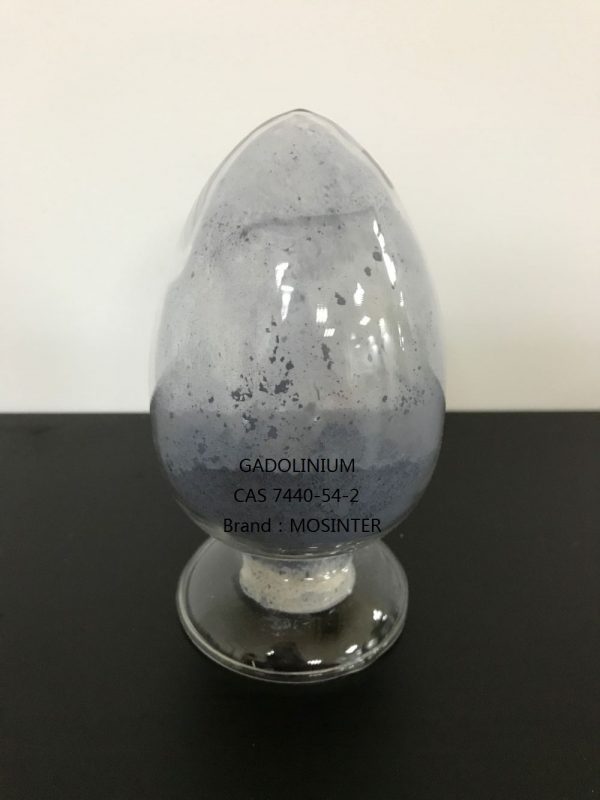
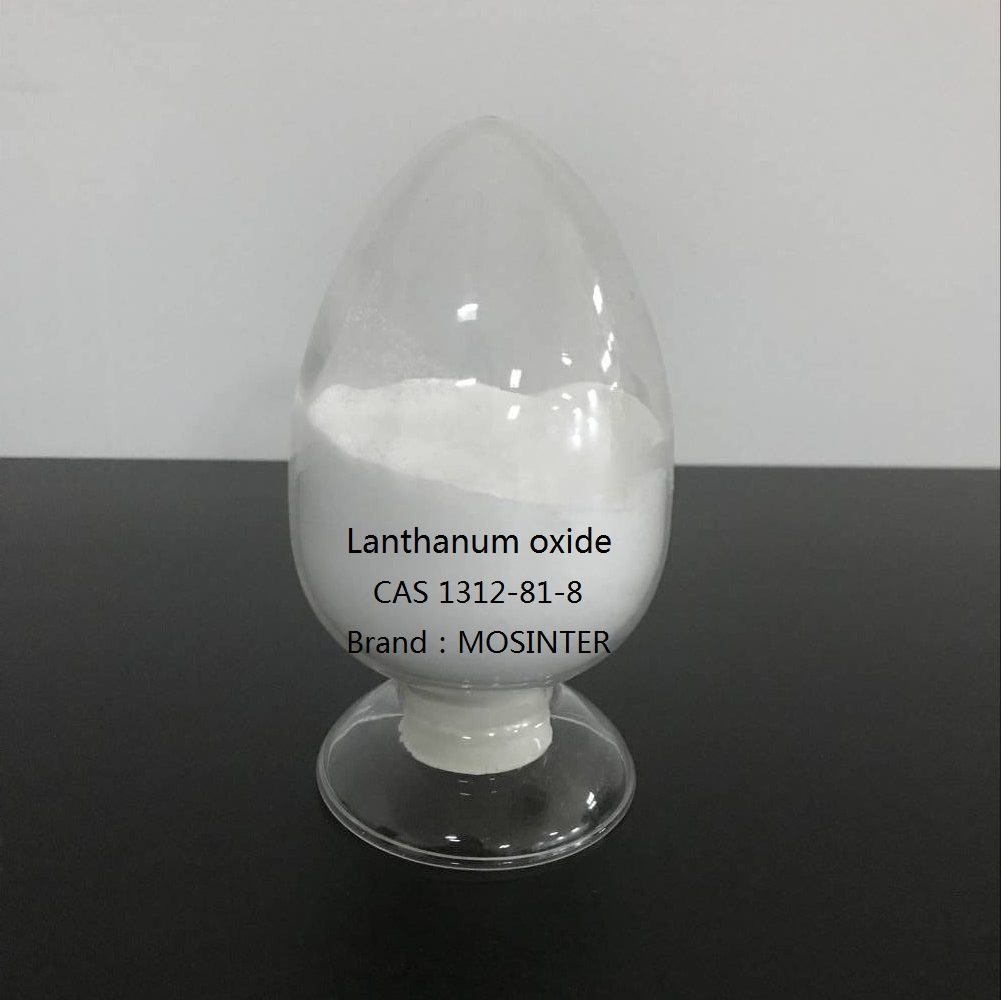
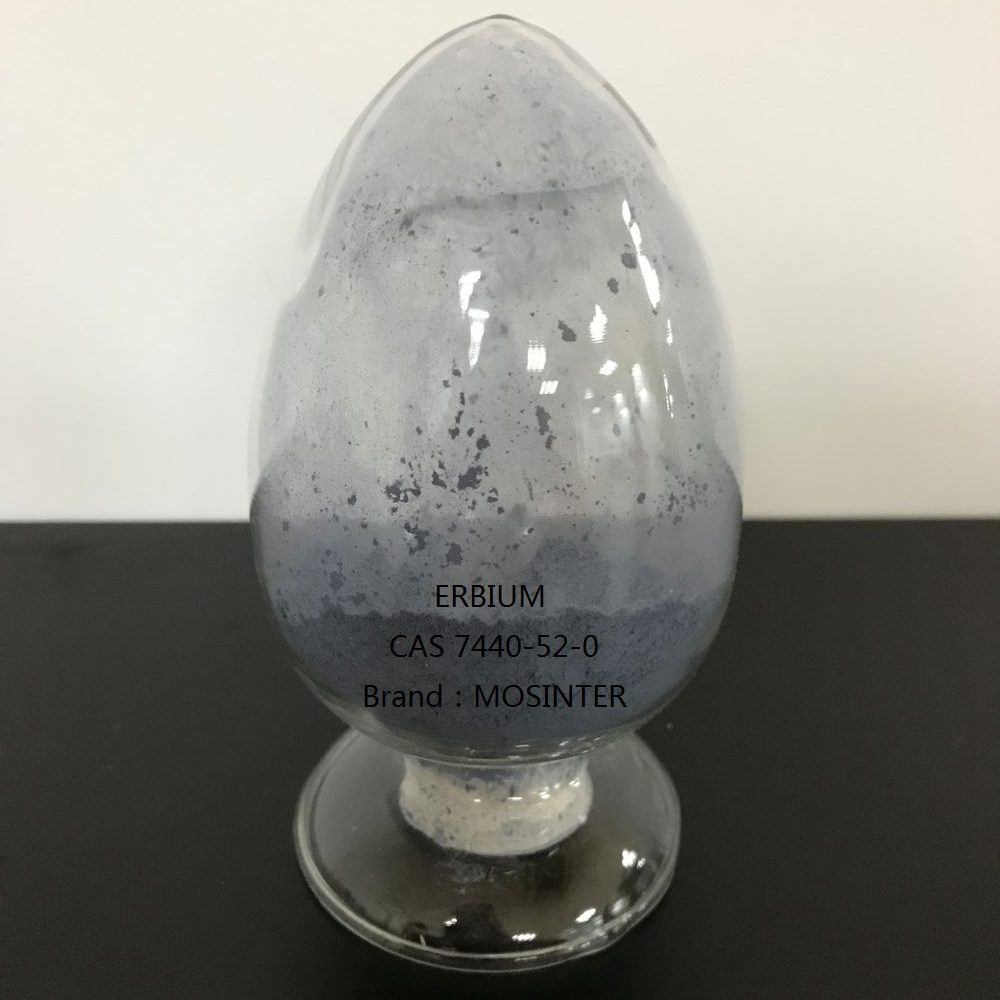
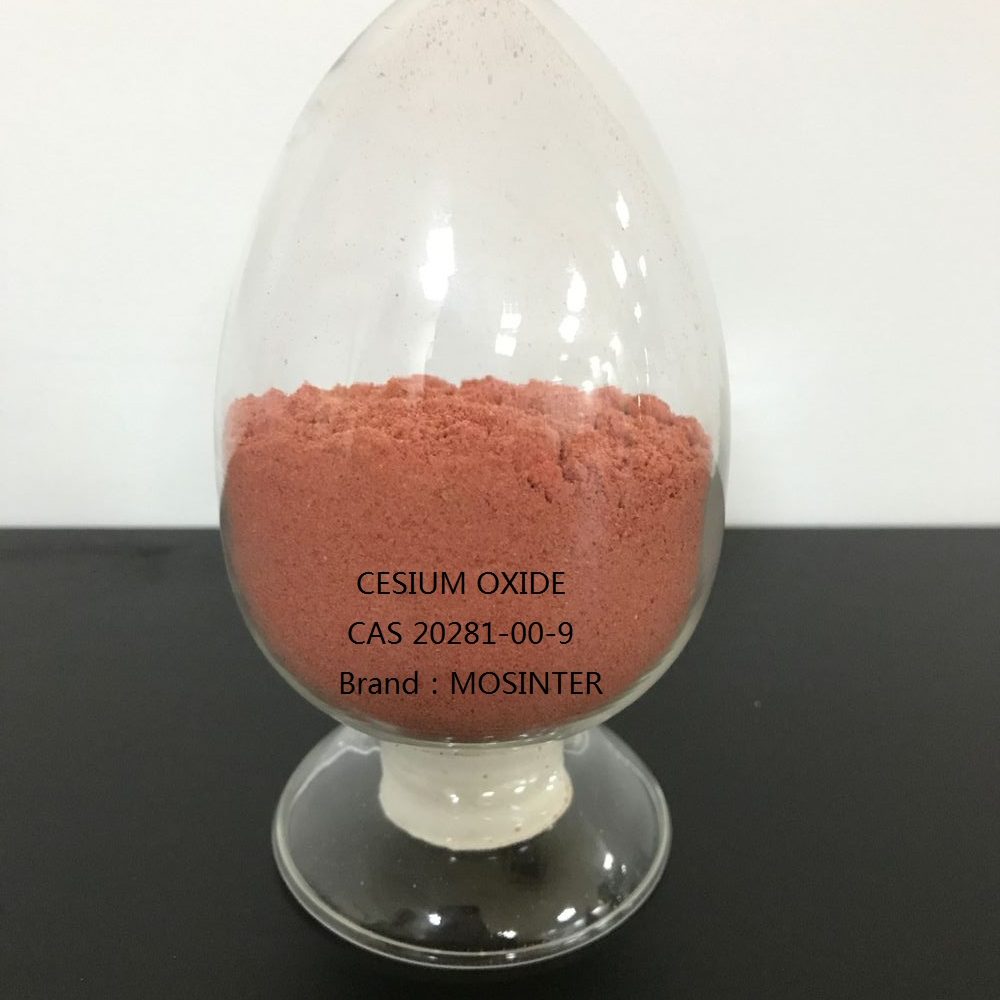
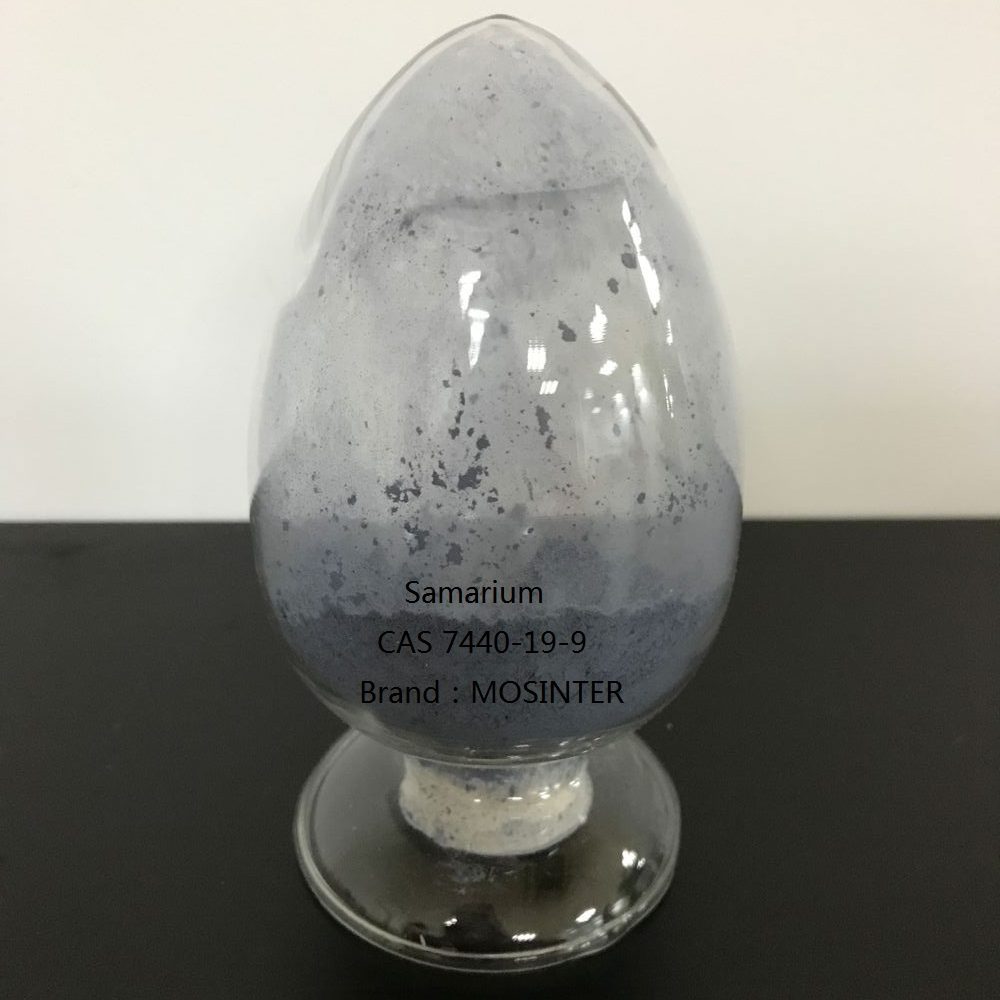
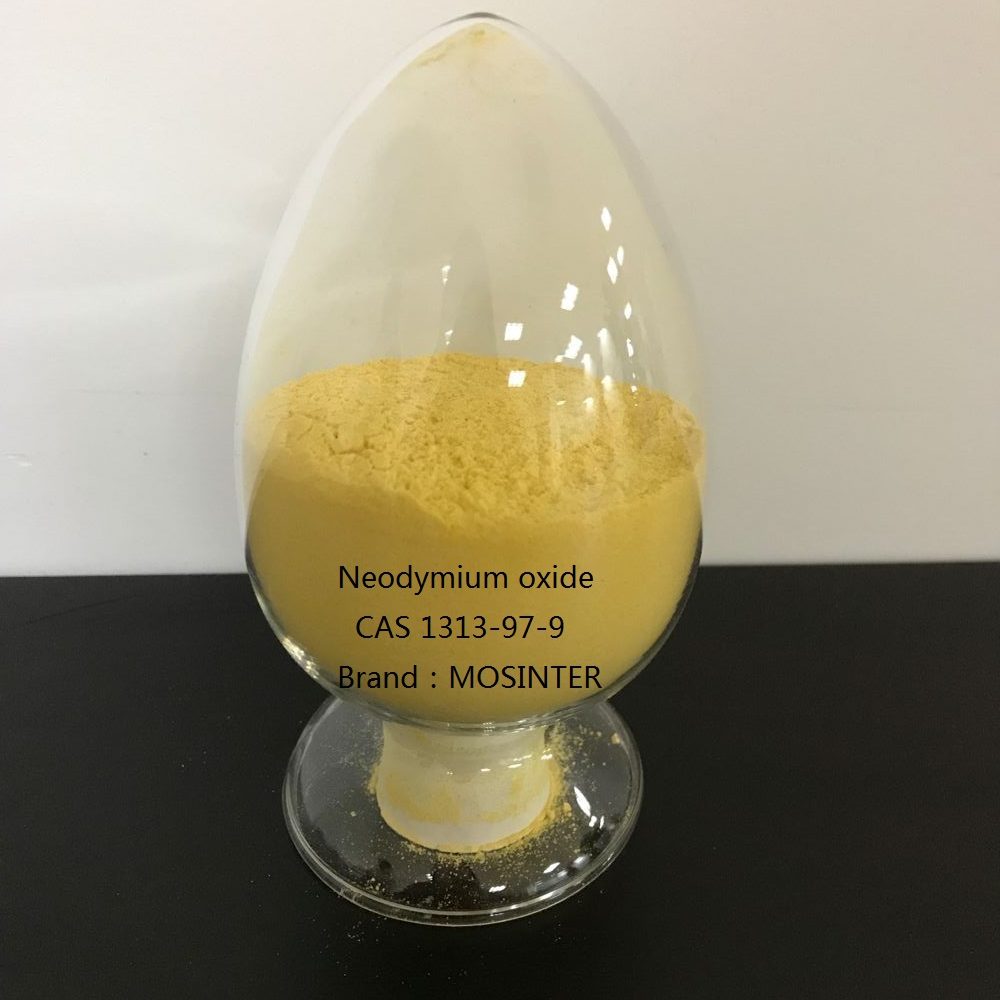
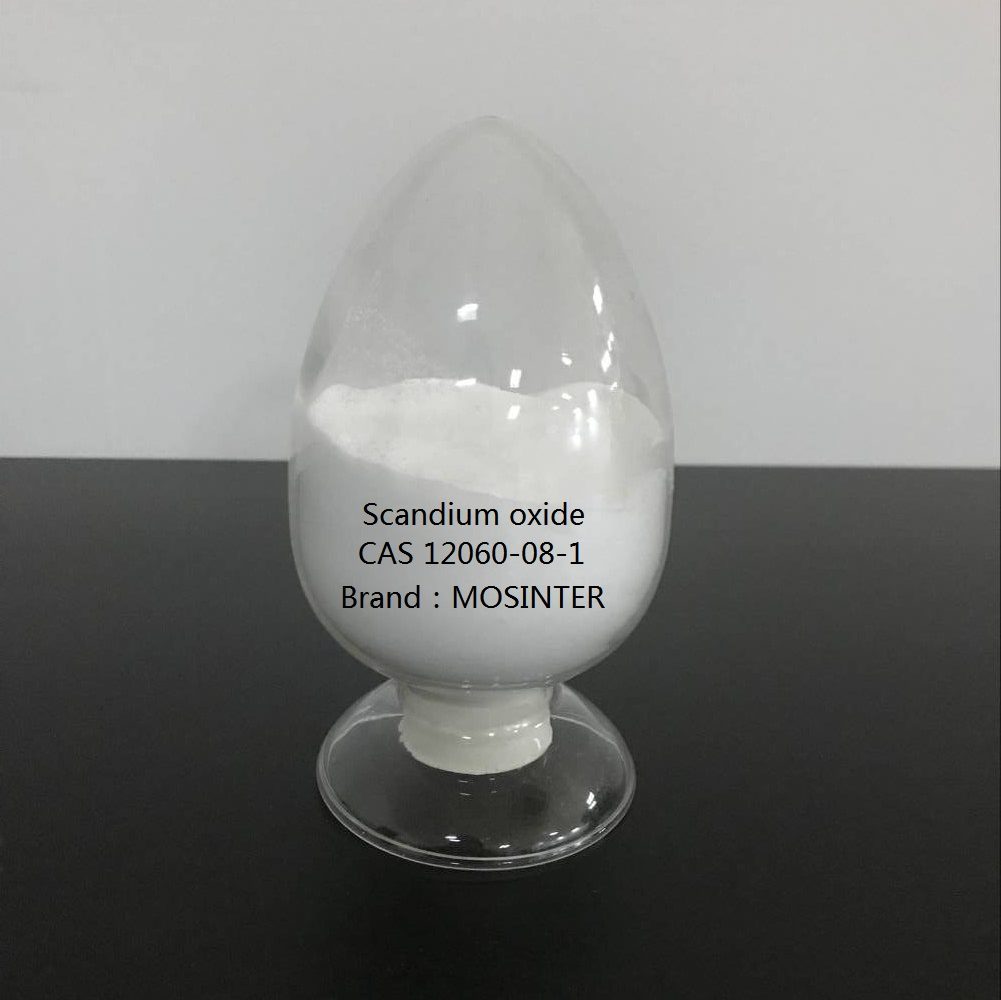
Reviews
There are no reviews yet.